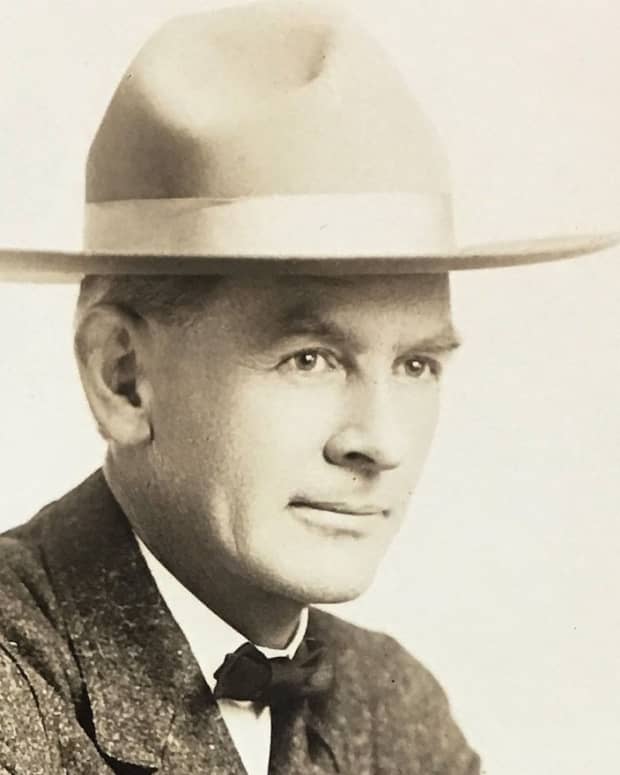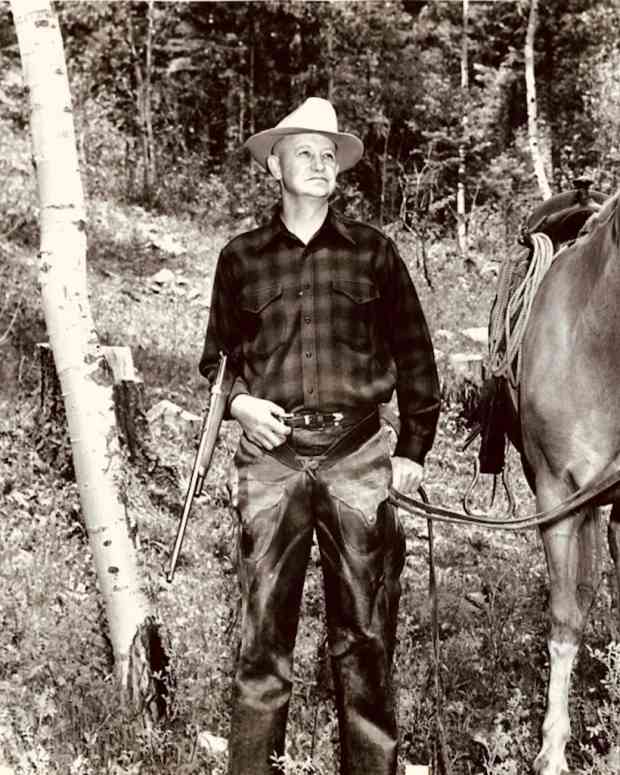Guide to Introducing Friends, Colleagues, Classmates, Partners, and Family

Introducing people is an art. It can make or break someone's first impression. How do you generally introduce people?
How to Introduce Your Friend, Partner, Colleague, Etc.
Should I use first names while introducing work colleagues? How do you introduce someone when you are trying to set two people up? Introductions are an art. Learn the best practices for formal and informal meetings.
How to Introduce People Informally
Whether it is introducing a new colleague at work with your teammates, introducing your girlfriend to your friends, or introducing your BFF to a good-looking guy from class, find out all there is to know about formal and informal introductions.
1) Use First Names
If you were to introduce your friend Jim to a girl named Stacy and you said, 'Stacy, meet my friend Jim Matthews', it may sound out of place and very heavy. Use only first names to keep things casual and informal when you are introducing a friend to another.
2) Don't Be Uptight: Be Relaxed and Casual
Informal introductions don't need a powerful handshake, nor do they need the choicest of words. Introducing friends and family is supposed to be a fun thing to do and not something straight out of an office boardroom.
Steer clear of formal greetings and be casual. For example, don't be uptight by wishing everyone good morning or insisting on shaking hands with everyone around.
3) Use Gestures and Body Language Freely
Informal introductions are casual, and that's why gestures, movements and emotional displays via body language must be used. For example, while introducing Stacy to your friend Jim, you could put your arm around Jim's shoulder and say 'He is my best friend' If you are introducing your boyfriend, you could hold him by the waist as you say 'Stacy, meet Jim. We're dating'.
Informal introductions are all about social bonding in which body language plays a vital role. Don't shy away from showing a bit of affection or love while introducing someone who is close to you.

Informal introductions are supposed to be light, carefree and fun. Use first names and carry a relaxed body language.
4) Avoid Professional Backgrounds Unless Required
Unless one of the people you are going to introduce is a doctor, a high flying lawyer, CEO, your boss or anyone whose job is relevant to the introduction, stay away from giving out professional backgrounds while making an informal introduction.
For example, your friend really does not need to know upfront if the girl you are introducing to him is a teller at a bank.
5) Find Common Ground
Finding common ground between two people while introducing them to each other can go a long way in immediately putting them both at ease. Besides the fact that there will be a familiarity factor, they both are likely to have something to talk about instantly instead of being in the center of awkward silence.
For example, 'Stacy, this is Jim. He is a wine connoisseur, much like you' Evidently, Stacy and Jim are instantly going to have a lot to talk about.
6) Say Something Unique or Special
If you share a really special bond with one of the people you want to introduce, make your introduction warm and heartfelt by saying a few words about them that no one else but you knows. By doing this, your introduction will passively be based on a foundation of trust.
For example, you could say 'Stacy, this is Jim. Our friendship is from back in the day. We were even expelled from school together' Evidently, even a comical introduction like this sends a clear message to Stacy, that you have a strong bond with Jim.

Everyone's on Facebook and Twitter. Why don't you introduce your friends on social networks before making them meet in person?
7) Suggest a Facebook Friend or Connect People on Twitter
Suppose your guy friend has a crush on your BFF and asks you to introduce him to her. What would you do? An easy way to deal with this without a lot of baggage associated with the whole situation is to suggest him as a friend on Facebook or tag him in a tweet.
Even if they don't hit it off on social media right away, both of them are likely to be on a higher comfort level when the three of you meet in person.
8) Don't Give Elaborate Introductions
Don't feel obliged to deliver a long boring introduction along the lines of 'Stacy, meet my friend Jim. He is a Chiropractor and has a lovely house at the beach. He is also a good singer. In fact, he was the lead vocalist of his college band' It seems as if you are a salesperson and you are trying to sell a product called Jim.
While introducing two or more people in a friendly setting, stay away from giving elaborate speeches about a person. Leave them to mingle and use the opportunity to start a conversation.
9) Hang in There if There Is an Awkward Silence
What would you do if you decide to introduce two of your friends because you think they are made for each other, but they just don't hit it off? If your answer was something along the lines of sneaking off, you need to chin up and know how to tackle a situation like this.
Hang in there and subtly try to start a conversation of two that will get the two of them talking. It could be something as silly as talking about a new gift you bought for your cat to something as healthy as how you eat more fruit every day.
10) Bring Up Personal Motivations With Discretion
Suppose you want to introduce your BFF to a cute guy you know from work with the intention of setting them up. Be careful in letting out the intent because telling it upfront could potentially make them nervous and create a tense vibe. Just say something vague along the lines of 'Two of my best friends finally get to meet each other. How cute' Let the meeting take its own flirty twist.
11) Don’t Bother With Individual Introductions in a Big Group
If you are introducing two groups, for example, one set of friends with another, you really don't need to bother making one individual introduction after another. Something along the lines of 'Guys, these are my friends from college, and they are my pals from work'.

Formal introductions are supposed to be dealt with tactically. From using full names to subtly listing out a qualification, every little element counts.
Making Formal Introductions
1) Begin Your Introduction With a Request or an Offer
Formal introductions are generally preceded by a request or an offer of introduction. 'I would like you to meet' or 'May I introduce you to' are commonly used prefixes. A classic example is 'John, I would like you to meet our accounts manager, Tim Cooper'.
2) Use Full Names While Introducing People
When you are introducing people in a formal environment it is best to use full names. Don't be embarrassed if you have forgotten someone's last name, go ahead and apologize for your forgetfulness and handle the situation tactfully.
Full names have a fuller effect on a person's personality. It is the preferred way to go in a formal setting.
3) Use Titles or Designations
Formal introductions are generally made by addressing professionals with their titles or designations. For example, a doctor is generally introduced as Dr. Smith while an accountant is introduced with a quick mention of his title and company affiliation after his name.
4) Subtly List Out Qualifications and Achievements of the Person
If you want to put out a solid first impression for the person you are trying to introduce, be sure to follow up his or her name with a qualification or an achievement. For example 'John, this is Melanie. She has just graduated from Harvard' or 'John, this is Melanie. She is the one who spearheaded our new system design program'
A qualification or an achievement leaves a strong impact. It helps put out a first impression that is likely to be remembered for a long time. In the light of the examples used, John is likely to recollect Melanie as 'the guy who headed the system designs program'
5) Discuss the Intent and Specifics of the Introduction Upfront
If you are introducing two people for a specific reason, be very clear and upfront about it. For example, if you are introducing your manager to a prospective client, spell out the reason for the meet-and-greet right away. In a formal setup, exchanging the motivation behind the introduction upfront is a norm.
If this sounds silly you may be surprised to know that not introducing one's own self and purpose upfront, is a commonly made job interview mistake. You would think that something along the lines of 'Hi. My name is John and I am here to do an interview for the position of Payroll Officer in your company' is a given, isn't it?
6) Infuse Witty Humor but Stay Away From Trashy Lines
You can be in a situation where you have to introduce someone you know very well but you still need to keep the introduction formal. In such a scenario you can subtly infuse witty humor while making the introduction. This is likely to naturally and passively communicate that you are a personal friend of the person you are introducing.
There is a fine line between witty and trashy humor. You could be unknowingly crossing it and leaving a bad taste. Use humor only if you are sure that your sense of humor won't let you down.
7) Connect Them on LinkedIn
An easy way of making formal introductions is to connect two or more people on LinkedIn. This will allow them to go through each other's professional backgrounds and prepare for a meeting at a later date.
LinkedIn will also allow them to find common contacts and will set a foundation for a face-to-face meeting.
8) Don’t Miss Anyone in Group Introductions
If you are introducing someone to more than one person, ensure that you don't miss anyone. You risk making that person feel less important on a professional level.
Prepare for a formal introduction where you are expecting more than a couple of people to be present by updating yourself with the names of the people that you are going to meet.
9) Give Personal Insight While Introducing a Close Professional Contact
Introducing someone formally, again and again, can make you fall into the common trap of giving run-of-the-mill descriptions about the person you are trying to introduce. You are likely to speak about their designation, job role, and qualification which has possibly been talked about many times in the past.
Go one step ahead to show your long-standing relationship with them by adding personal insight into your introduction. For example, you could say 'John, this is Tim. He is an accountant in our company, but he is also a terrific golfer and a wine connoisseur.
10) Infuse Modesty in the Introduction of a Top Boss
Suppose you are the manager of a team and you have to introduce your CEO to each and every member of your team. It can be awkward because your CEO does not need any introduction as everyone in the team is likely to know him, but not necessarily vice versa.
Deal with this situation by infusing a modest and polite tone. Allow your CEO to steal the show with a thunderous hello and a firm handshake. This will give your boss a slight ego boost while allowing him/her to communicate freely with your subordinates.
11) Don’t Overlook Cultural Norms While Making Formal Introductions
This could be vital if you are on an overseas business trip in a country where culture and tradition are subtly weaved into work ethic as well. Be aware of these traditions and avoid saying things that may be a joke to you but an offensive thing to say to someone else.
Even in daily work-life, be mindful of different cultural differences and some of the things that you should not be saying in a multi-cultural formal environment.
Related Reading
- How to Remember Names and Faces
This article provided a comprehensive overview of techniques and tips for improving memory and remembering names and faces more effectively. Techniques discussed included repetition and introduction, association, visualization, and the use of mnemoni - How to Set Up Your Friends: A Step-by-Step Guide
Find out how you can help two of your best friends fall in love if they're crushing on each other.
Comments
Devika Primić from Dubrovnik, Croatia on December 08, 2012:
Great ways to meet people thanks for this hub
Robie Benve from Ohio on December 03, 2012:
Nice hub! You really covered a lot of possible scenarios, giving great advice for each.
Voted up and useful. :)



















